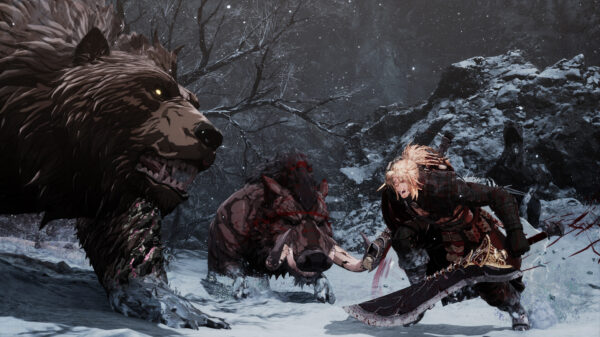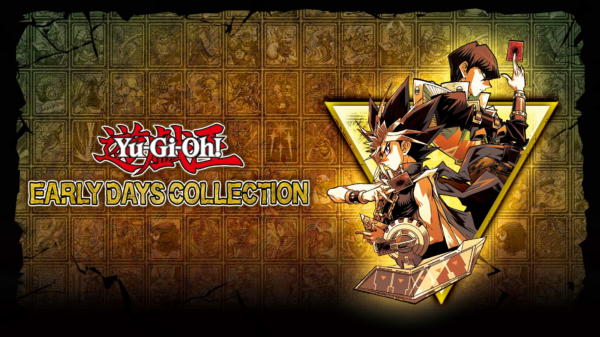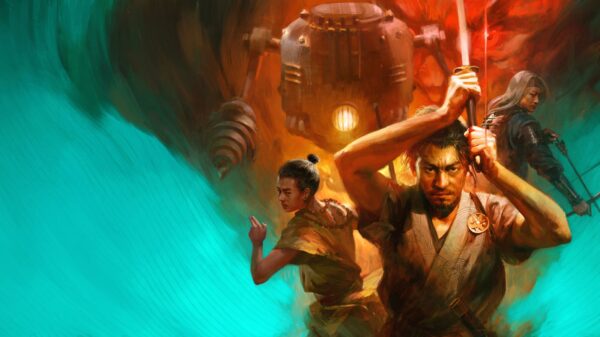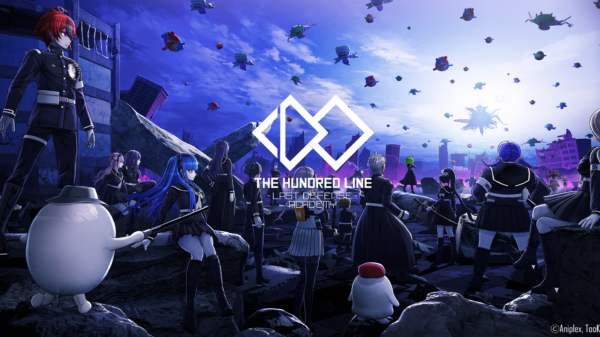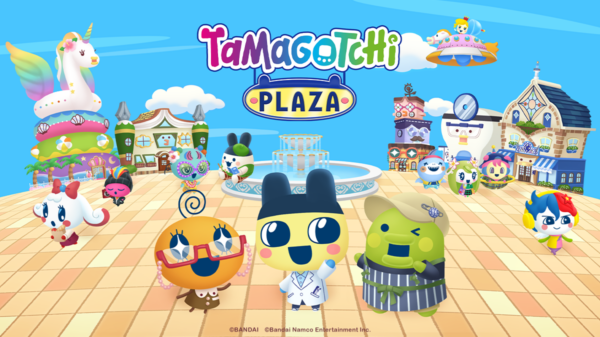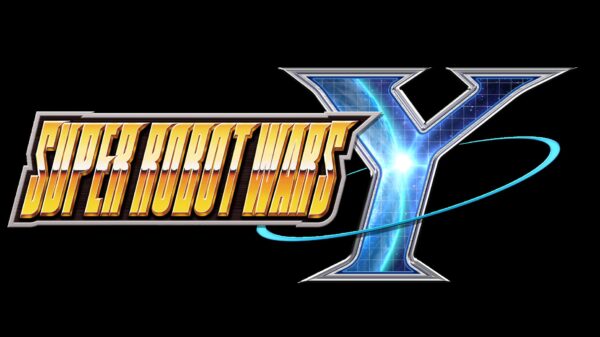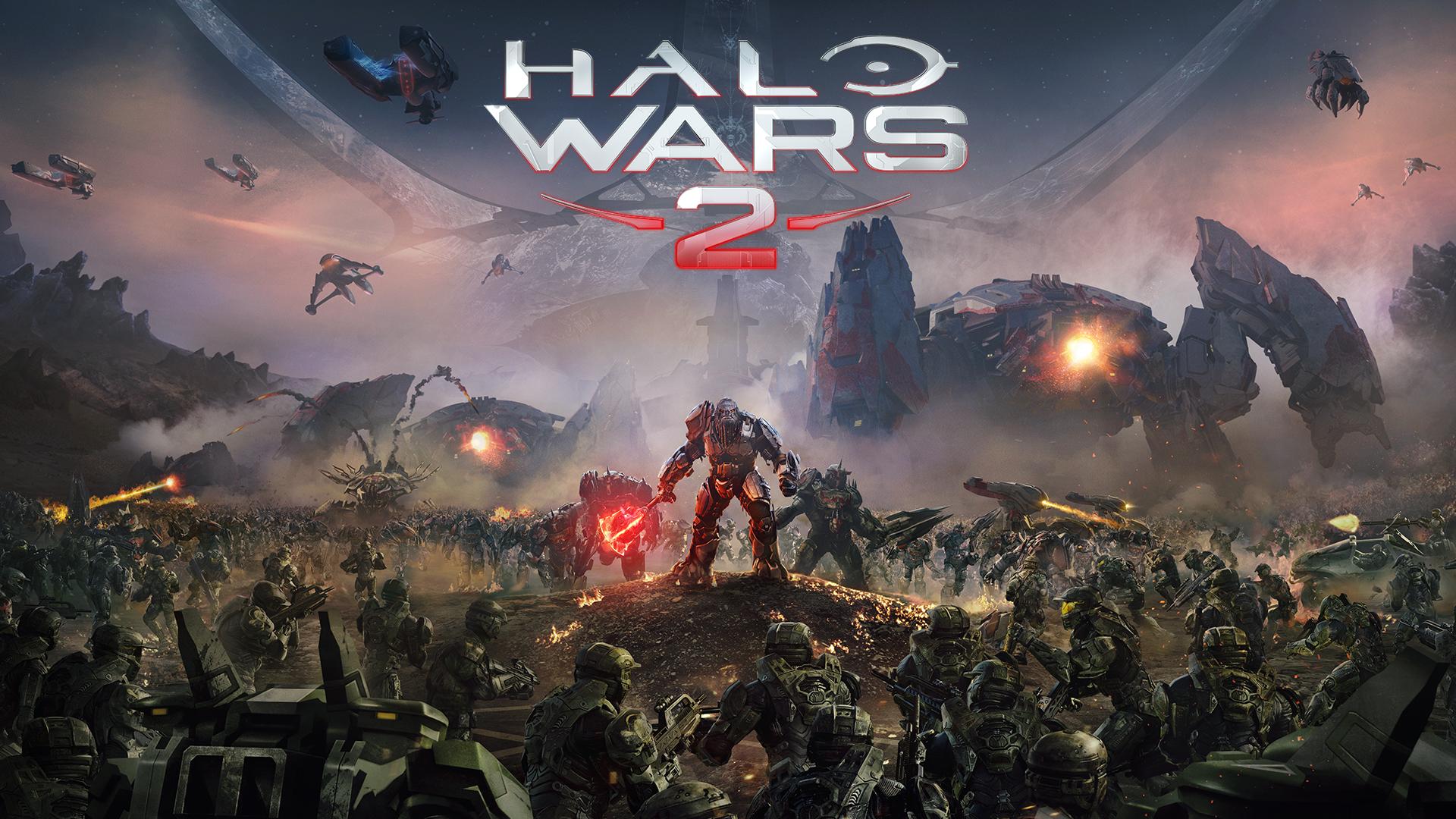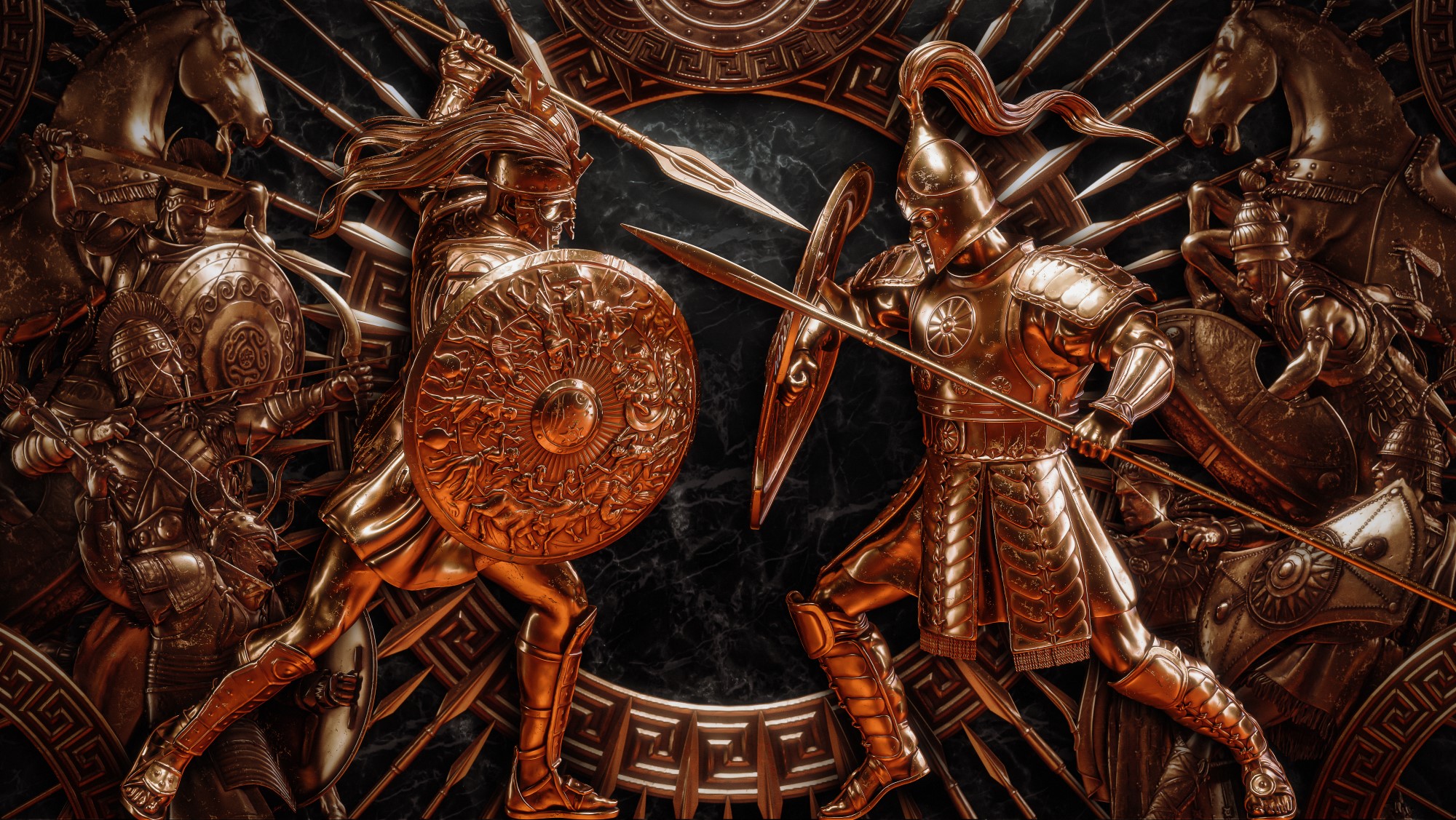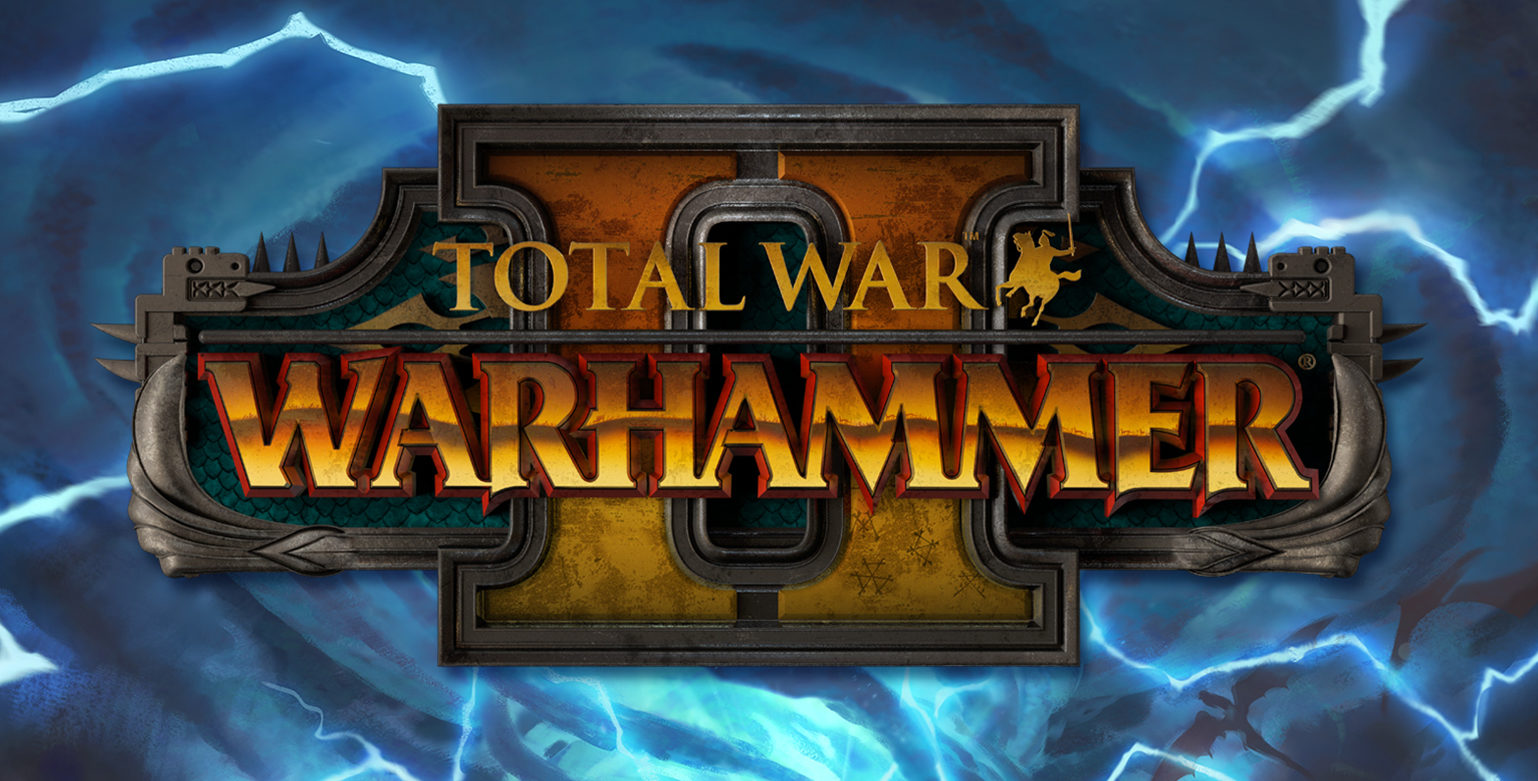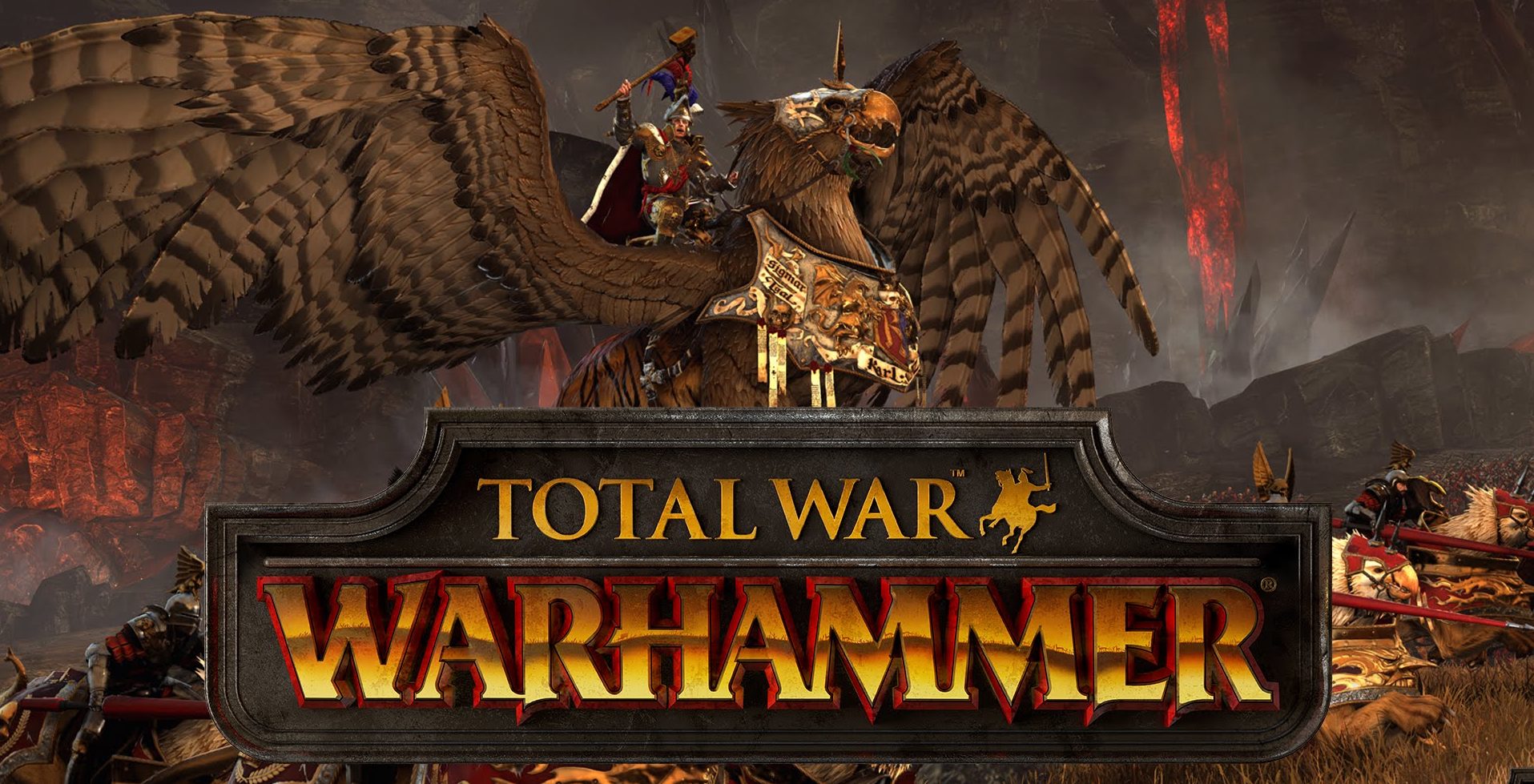If you weren’t a fan of the original Halo Wars, then Halo Wars 2 won’t do much to sway you. Halo Wars 2 is extremely similar to its predecessor and is a sequel in the most basic sense that practically no core systems were altered.
Halo Wars 2
Developer: Creative Assembly
Price: $59.99
Platforms: Xbox One, Windows 10
Halo Wars 2 begins directly after the crew of the Spirit of Fire, the UNSC cruiser from the original Halo Wars, wakes up some 20 or so years later. The war against the Covenant has since ended and the Master Chief has had his way with most of the Halo rings. In the Halo timeline, Halo Wars 2 is essentially occurring in parallel to the events of Halo 5: Guardians.
Its connections to the current state of Halo is what drags Halo Wars 2’s otherwise enjoyable story down. While it’s true that this mostly self-contained story is short, and certain missions can be drawn out, Atriox’s banished are an enjoyable and intimidating covenant remnant. Lore-discrepancies were not uncommon in Halo Wars, but the fact that the Spartan II Red Team somehow developed Halo 5’s booster packs while in cryo sleep is a bit nonsensical, and feels like one of a few attempts to connect the two titles. I won’t spoil the ending, but the direct reference to Halo 5 in the final cutscene hint at an even more linked sequel. Aside from actual material from Halo 5, Halo Wars 2 borrows the most recent Halo’s horrible method of ending a game. Instead of any sort of closure, the game simply ends after one of its most climactic moments, leaving any sort of resolution in a future sequel.
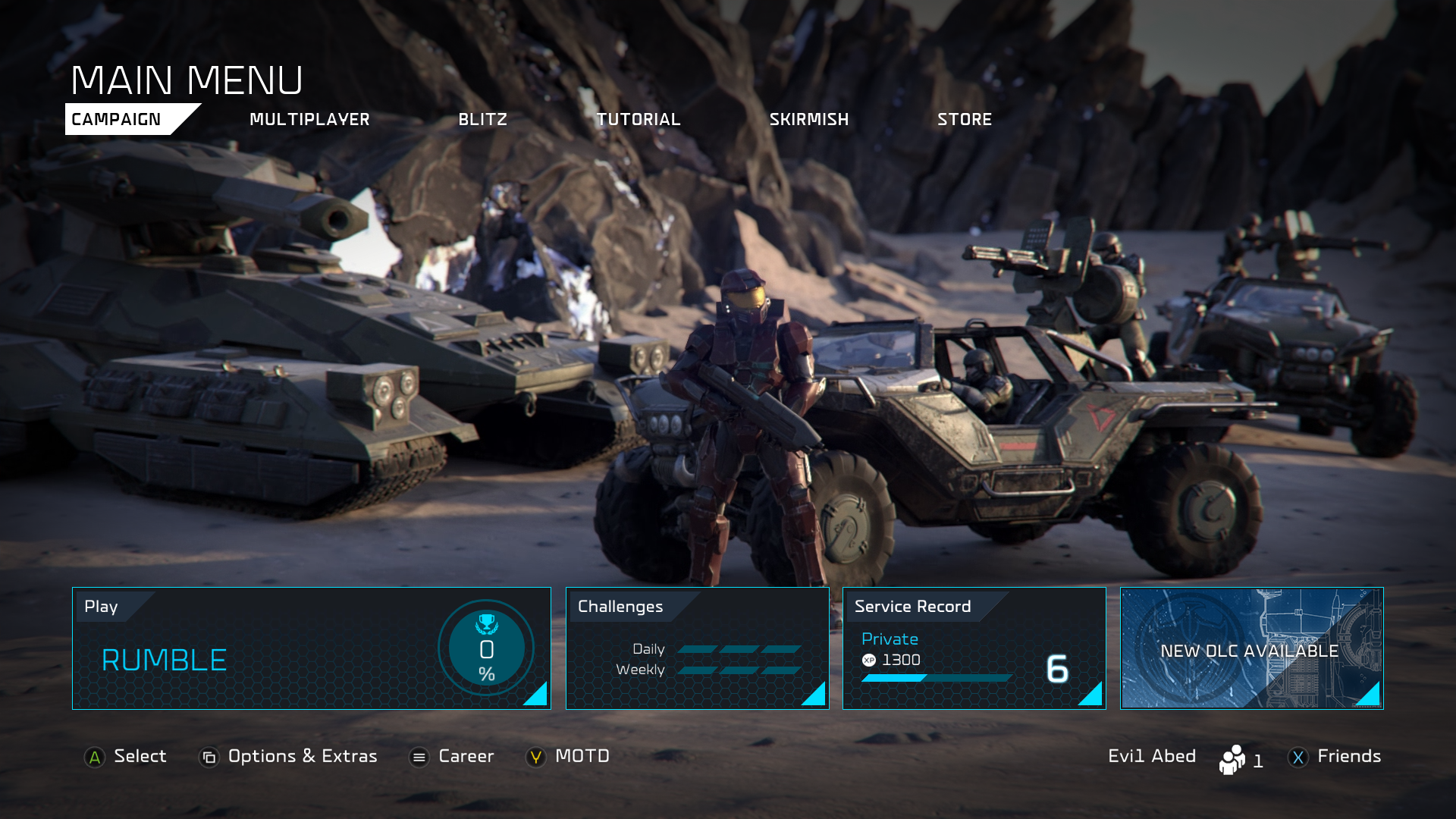
Each of the game’s 12 missions range from 10-50 minutes long, complete with their own par times, challenges and scores. Completing most of the missions with their bonus objectives took me about six hours, but if you’re meeting the par times you should be done in about five. Some missions ran on because they were so easy that bonus objectives, particularly the ones that involve killing a certain number of enemies with a specific unit, became difficult. How am I supposed to kill 20 enemies with sniper units if those enemies continue to rush locations with scripted defenses? This isn’t helped by the general simplicity of the AI and the fact that many missions have a set amount of units. That said, some of the missions were legitimately enjoyable and challenging, and some of the optional objectives were very hard but felt like they had an actual purpose. My favorite missions, which were uncoincidentally the most difficult, were the defense missions where you can not produce units. These missions make unit management actually matter, and make many mistake irrecoverable. With a medium level of effort I managed to obtain a silver medal in most missions, hitting bronze a few times and gold once or twice, but dedicated players should be able to perfect their scores if they try. If you’re having trouble, or if you’re simply bored, you can turn on earned skulls to modify gameplay elements and scoring.
Fortunately, Blur continues to absolutely knock it out of the park with the cutscenes. Unfortunately, there was only one per act as opposed to each mission, and they frequently reminded me that all of this badassery was happening on the ground while I was simply barking orders from above. Another oddity with these scenes is the jarring difference between the characters’ appearances in Halo Wars 2 and its prequel. From what I understand, the characters were remodeled to look more like their real-life counterparts, but Ellen Anders is completely unrecognizable, having transitioned from a dark-haired, diverse look to a much more stock, white appearance.
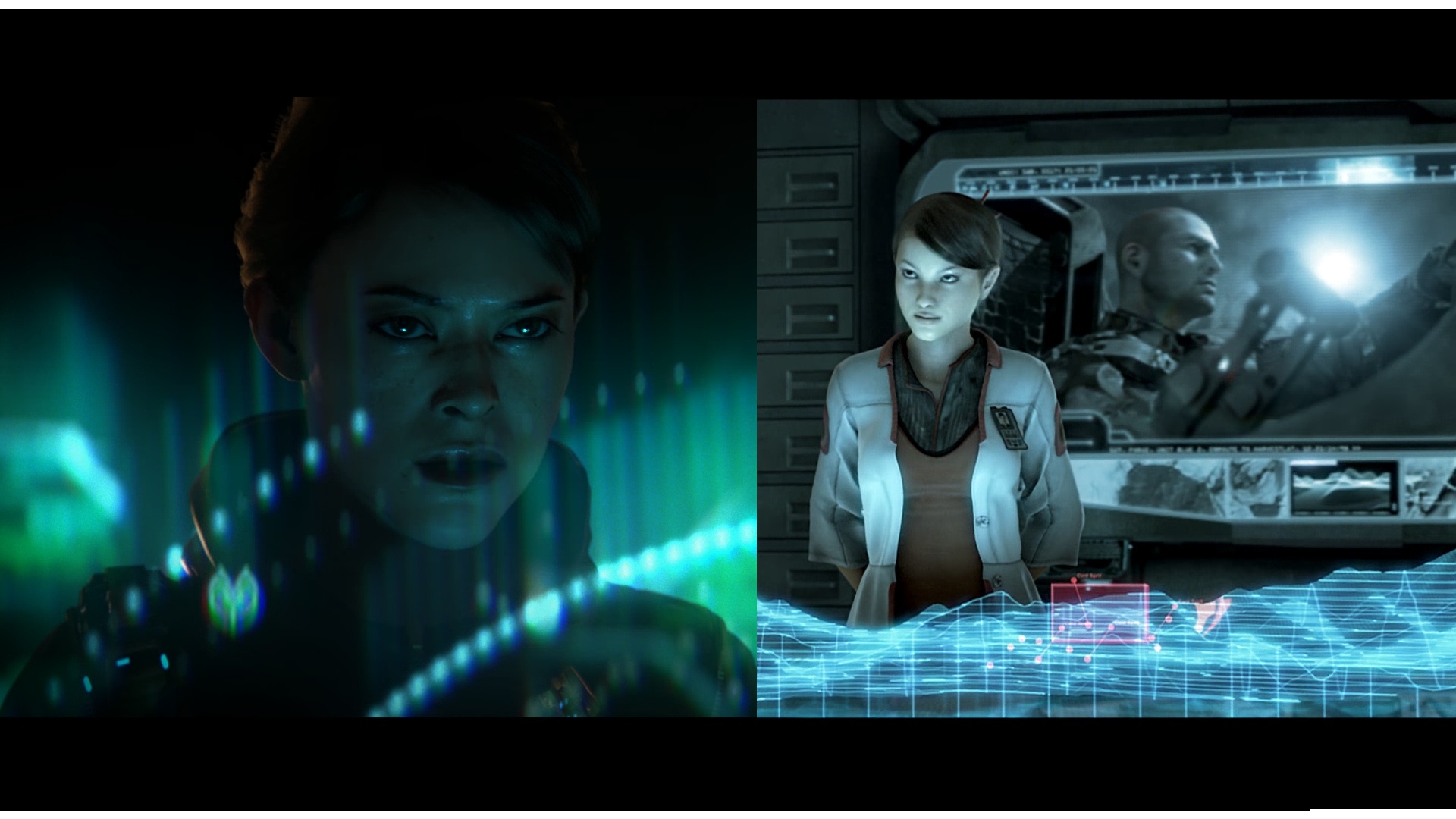
Mechanically, Halo Wars 2 looks and feels better than its predecessor, at least for the most part. The graphical fidelity and 60fps make it easier to navigate and know what you’re looking at. ODSTs are no longer bulky green characters with a generic shotgun look. Unfortunately, the visual themes are much more akin to the more recent entries in the Halo series, which has taken a diversion that I’m not particularly fond of. This is much more evident in the Forerunner architecture than anywhere else, but is somewhat disappointing nonetheless. Despite improvements, the graphics are still that of an RTS and don’t look particularly great up close, making the decision to include in-engine cinematics from the top-down perspective feel a bit odd. And why don’t the Snipers use a rifle that looks or sounds like any of Halo’s Sniper Rifles?
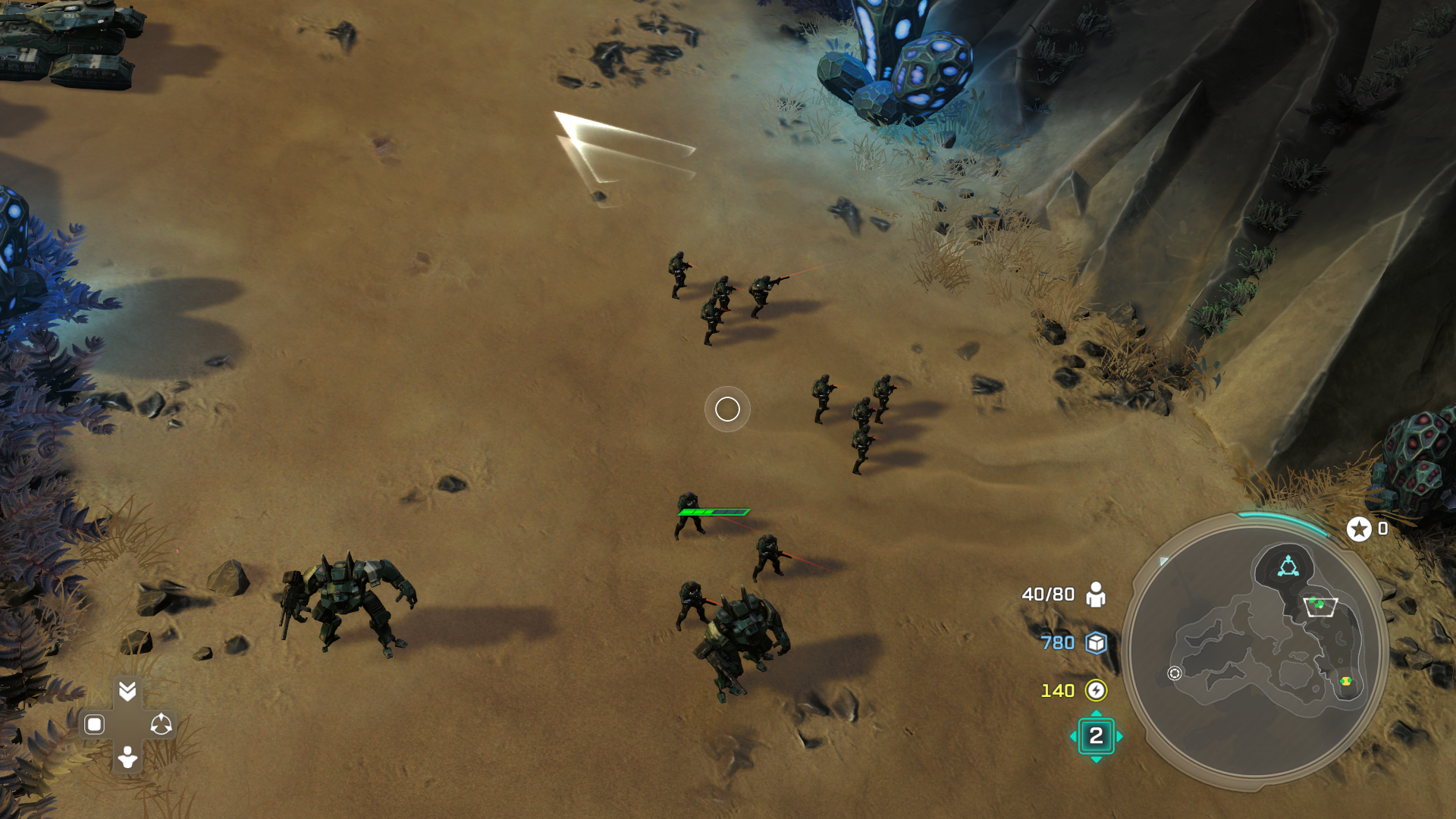
In terms of gameplay, not much has changed aside from a slight change in controls and some balancing tweaks. There have been a number of management additions such as the ability to group units at will, allowing up to four groups of your choosing to be available in an instant, as well as a number of shortcuts for unit selection and map movement. Some unit selection has moved from LB to RB, and leader powers are no longer accessed via the D-Pad, but otherwise the controls are familiar and easily accessible. Tech levels have been replaced by a second “power” resource, so while power works towards upgrades much like tech levels, it is produced and stored much more like the supply resource. Otherwise, the most notable changes are that the Banished have been normalized to be much more analogous to the UNSC. Unlike in Halo Wars, where the Covenant were weaker in 1:1 situations, could produce more units and had a different base-structure, the Banished have a nearly identical square base pattern and has no difference in unit strength or quantity. I’m sure this was made so that both sides were equally accessible or more easily balanced, but I can’t help but feel that the Banished have lost a little bit too much of their Covenant identity. Heroes have been altered a bit in that each UNSC leader has their own hero instead of the three Spartans, who are now three individual heroes, each accessible by one leader. Thankfully, Warthogs and Ghosts are no longer produced at the base itself, and have been replaced by Marines, both making basic infantry production much easier and preventing the dreaded Warthog rush.
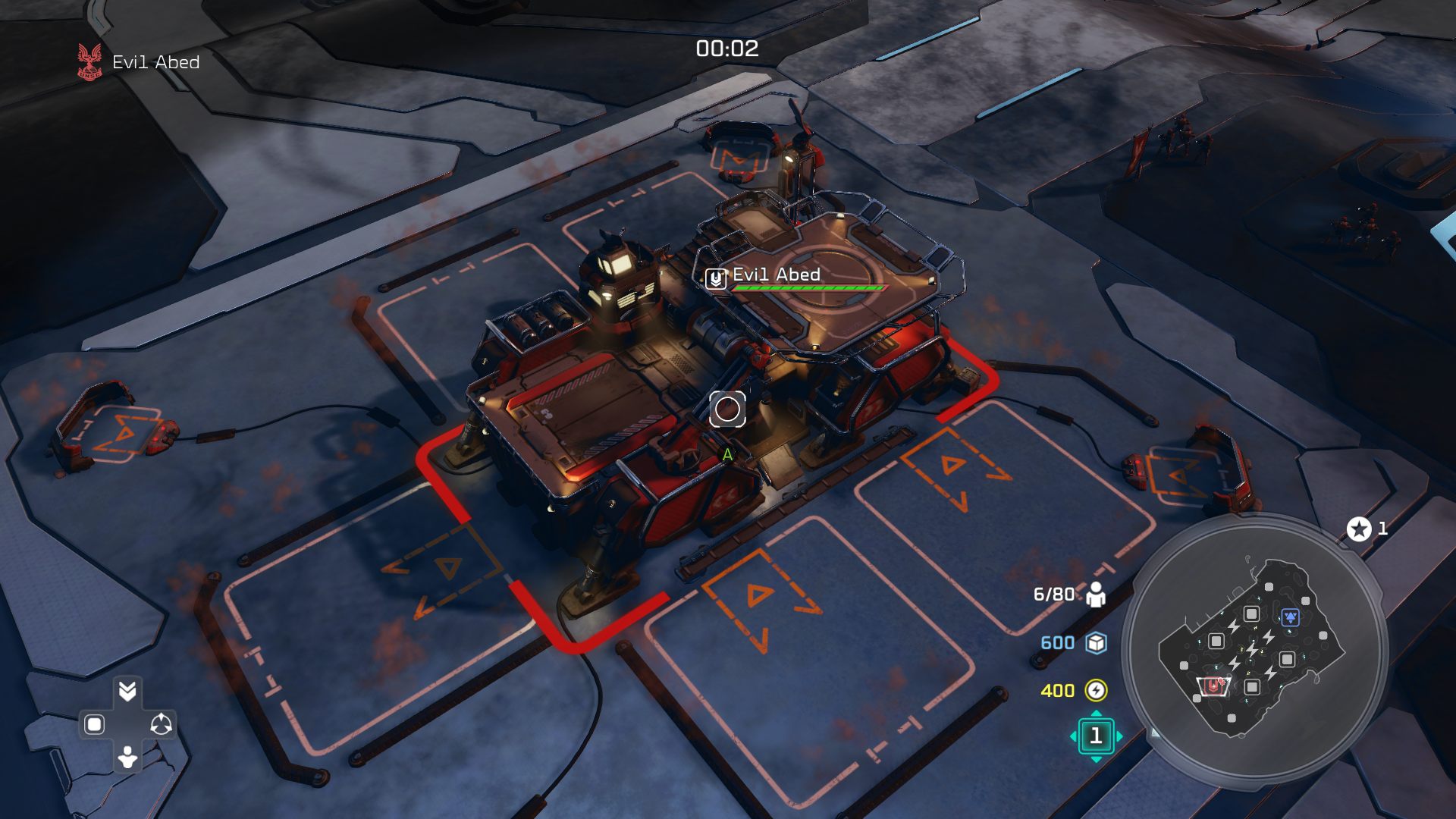 Moment to moment, action feels more hectic, to say the least. I still can’t decide how I feel about the new time to kill average on units, but units die much more quickly in this sequel. This is especially true when matched against the wrong type of unit. No longer can you send a wave of Hornets against a mixed army and expect to come out fine if they have a few anti-air units. This is both frustrating and satisfying, as units that are specifically designed to kill another type of unit do so almost immediately. One wolverine can take on three or more hornets, but is absolutely worthless against anything else. Players who are experienced with RTS titles and are competent with micromanagement will excel, but this change does up the skill curve just a bit.
Moment to moment, action feels more hectic, to say the least. I still can’t decide how I feel about the new time to kill average on units, but units die much more quickly in this sequel. This is especially true when matched against the wrong type of unit. No longer can you send a wave of Hornets against a mixed army and expect to come out fine if they have a few anti-air units. This is both frustrating and satisfying, as units that are specifically designed to kill another type of unit do so almost immediately. One wolverine can take on three or more hornets, but is absolutely worthless against anything else. Players who are experienced with RTS titles and are competent with micromanagement will excel, but this change does up the skill curve just a bit.
The multiplayer suite is much more fleshed out than its predecessor, launching with seven heroes, nine maps and four modes. The maps themselves are a bit samey, generic and lack any map-changing locations like shield doors or unit-cap boosters, but they get the job done. The modes aren’t very different from Halo Wars, with Deathmatch being a standard deathmatch of teams with all vanilla rules and Domination being the same thing with the three territories concept of many modern titles. Of the three standard game modes, Strongholds is the most unique. Both teams start with a near unlimited supply of resources and tech levels are unlocked incrementally over time. The goal here is to capture as many bases as you can before the time runs out, with each base increasing your unit cap. This game mode turns away any sort of base management and focus purely on your ability in combat as you decide which units to deploy and where.
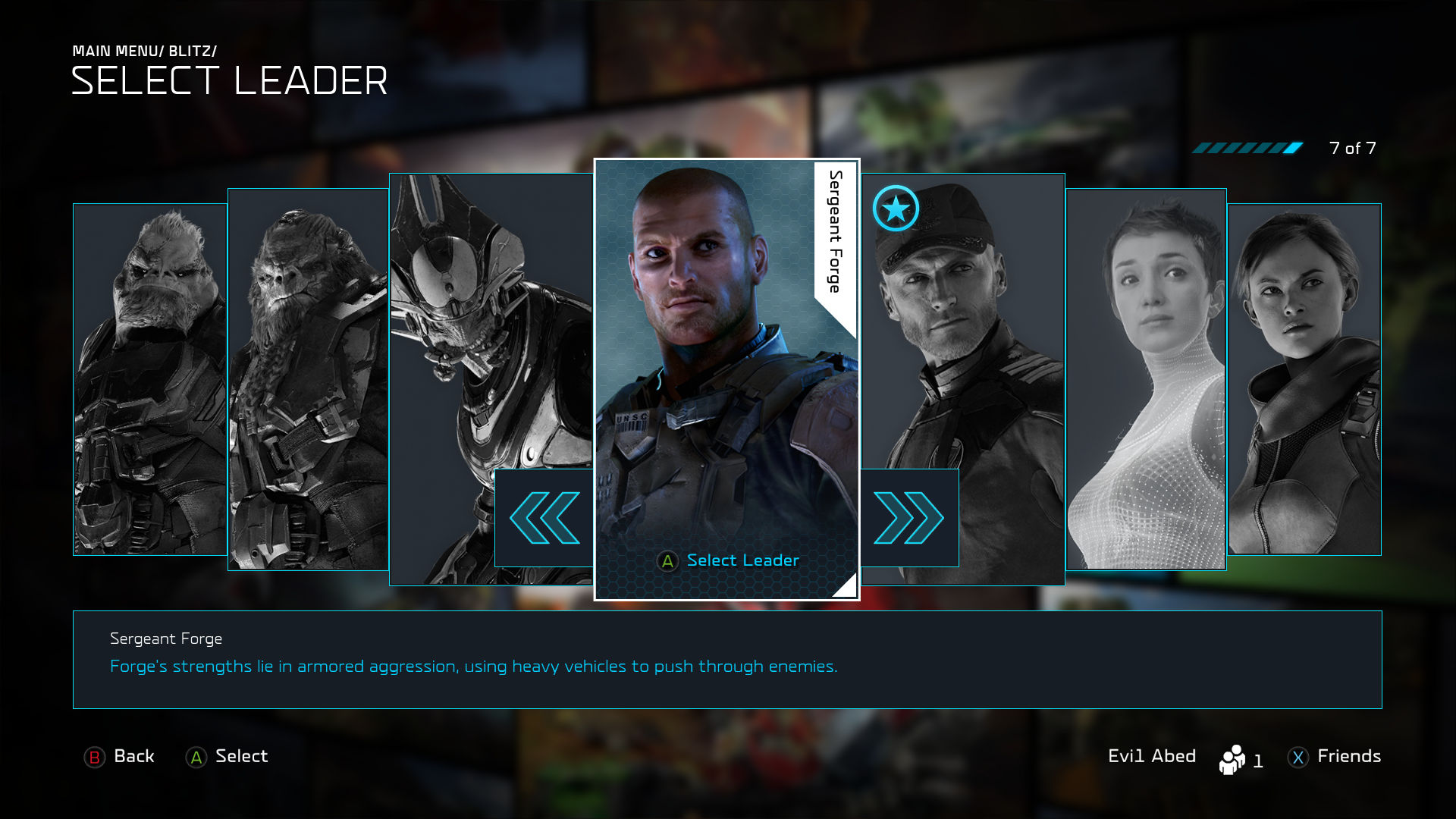
Blitz, the game’s fourth game mode, is another thing entirely. Blitz is separated from the other three game modes and has its own dedicated tab in the menu. Part RTS and part card game, Blitz is a domination style game mode without any bases whatsoever. Unit deployment is possible by spending a steadily growing supply of resources on a card in your hand. You can cycle through cards for a small price, and you can improve the rate at which you receive resources by claiming one of the many resources nodes that drop during the round. Beyond that, it’s a pretty straightforward battle for power. This game mode rewards strong deck-building and money management skills, while inducing that high that I felt from the defense missions where your units were not at all expendable. In Blitz more than any other gametype I was obsessed with keeping my units alive and making them stronger overtime. Collecting cards for your deck is relatively easy, you gain one per campaign mission and obtain one about every other round of regular gameplay. If this is too slow for you, you can purchase the cards with real-life currency. While this is seemingly harmless so far, this may prove to be overpowered due to the nature in which multiples of the same card increase its effectiveness without increasing its in-game price.
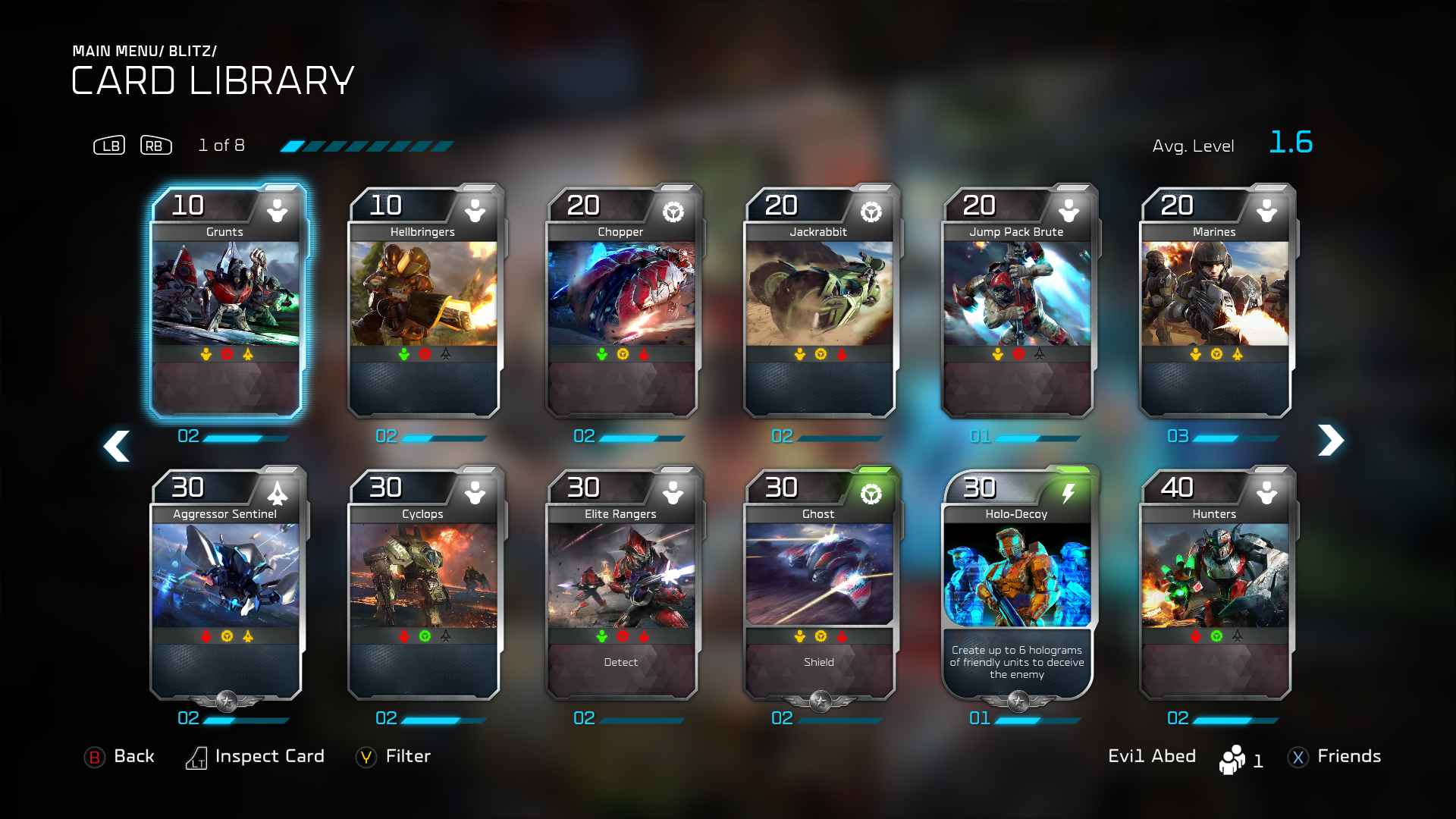
Halo Wars 2 is yet another title to feature in the Xbox Play Anywhere program, which brings the game and its save games to Windows 10. This finally brings Halo Wars to the PC market, where it had been noticeably absent for some time. Halo Wars 2 is my favorite title to use this feature. As an RTS title I’m not required to have pinpoint accuracy or stellar internet speeds, allowing me to play the game on my PC while not at home. Frequently during my review I had to leave my Xbox and hop onto my laptop, where the game ran great and saves transferred seamlessly. If anything is wrong with this title on PC, it’s that the somewhat simplified mechanics of this console RTS are a bit too simple on PC. For a gameplay parity, I recommend using an Xbox controller for this one, even on PC.
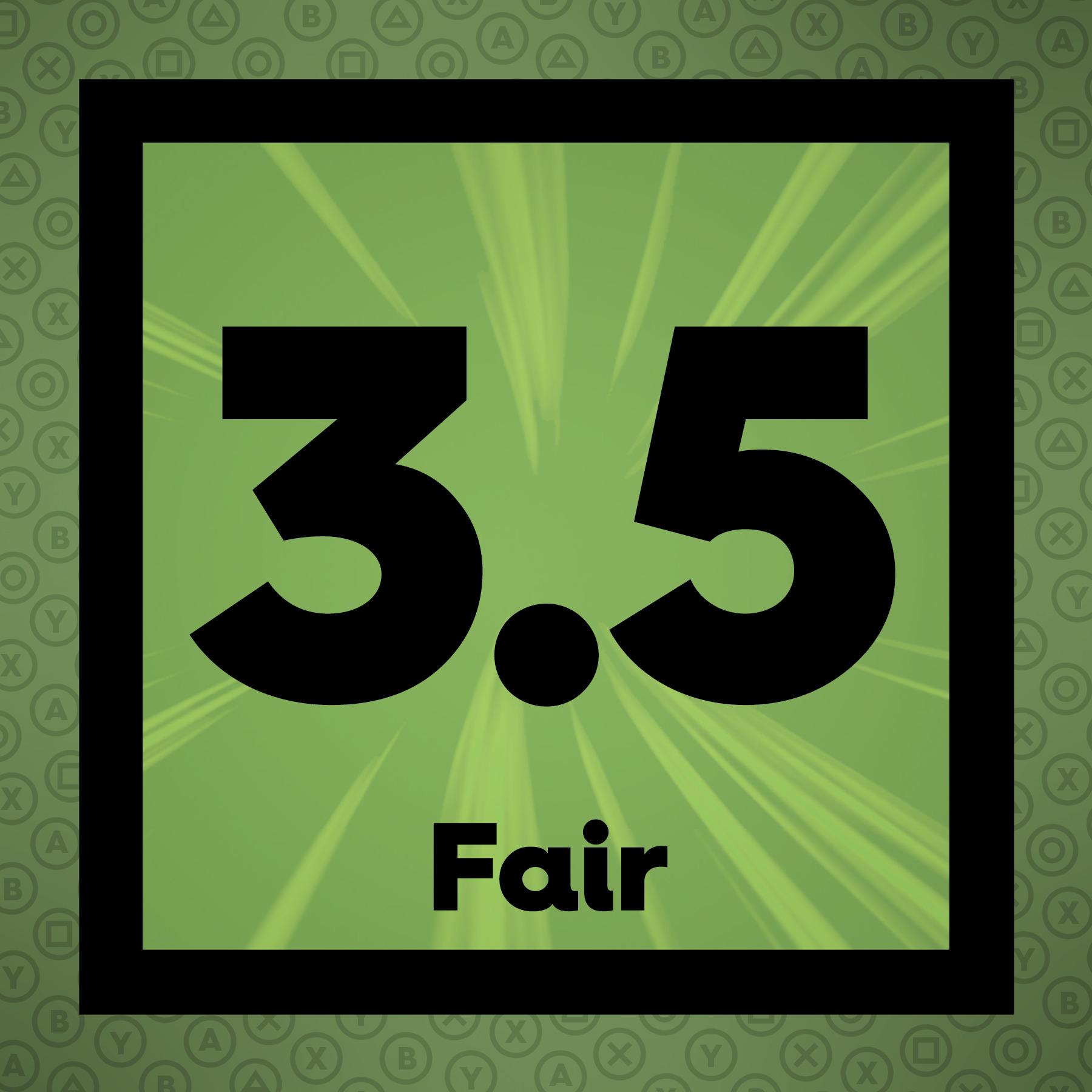
The Final Word
Aside from a few graphical improvements and mechanical tweaks, not much has changed. The story is average in most senses, and is more connected to the series overall than its predecessor, which is both an improvement and a detriment. The multiplayer is action-packed and rewards good decisions, but can deter those lower on the skill chain. Blitz is an exciting and rewarding gamemode that trades in base management for deck-building and hopefully minor microtransactions. Sadly, a lack of true originality and asymmetry makes this sequel just a tad weaker than its prequel.
– MonsterVine Rating: 3.5 out of 5 – Fair

